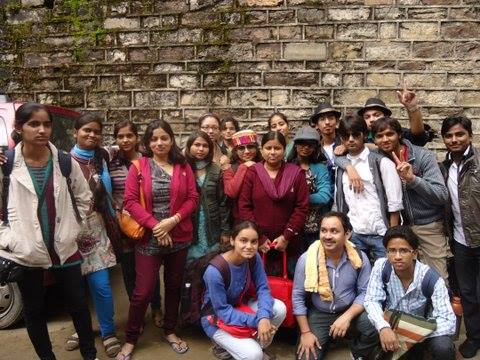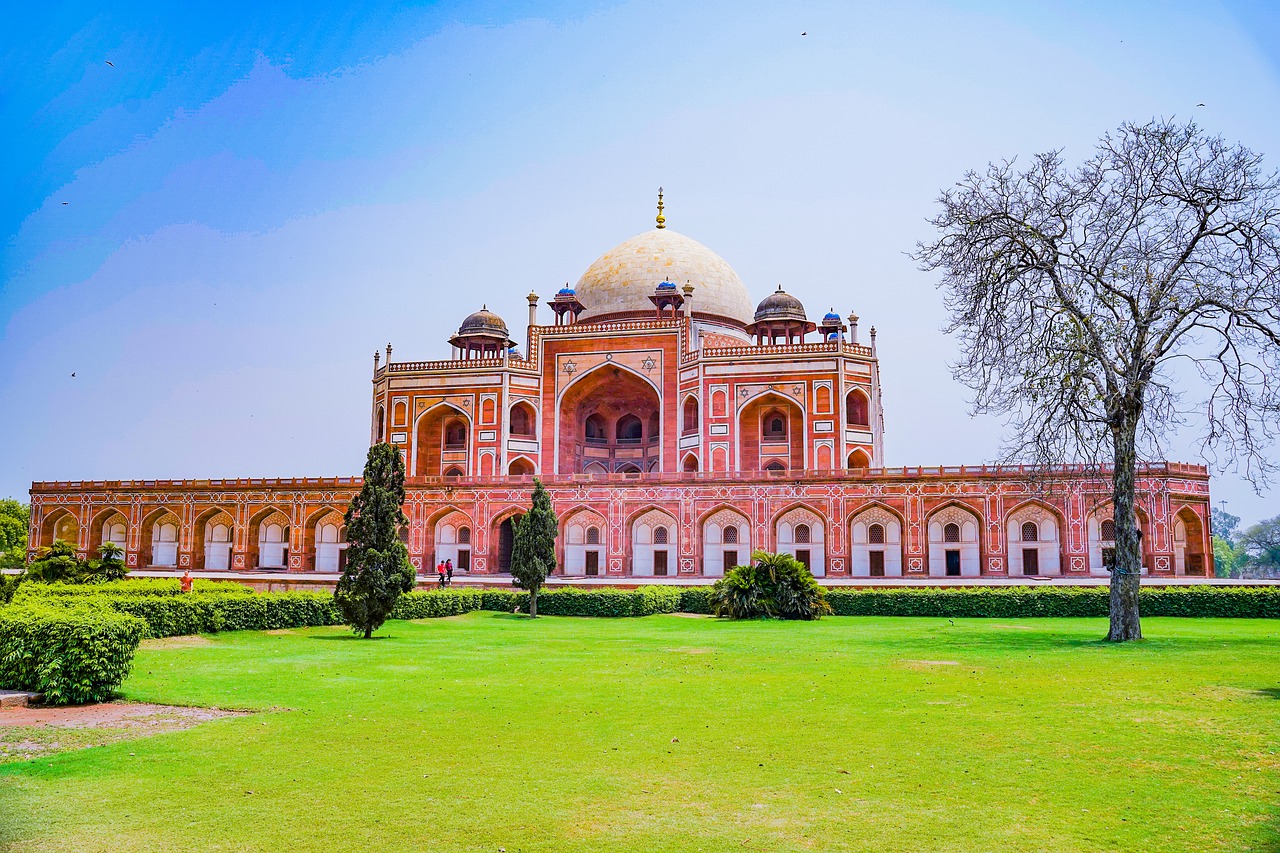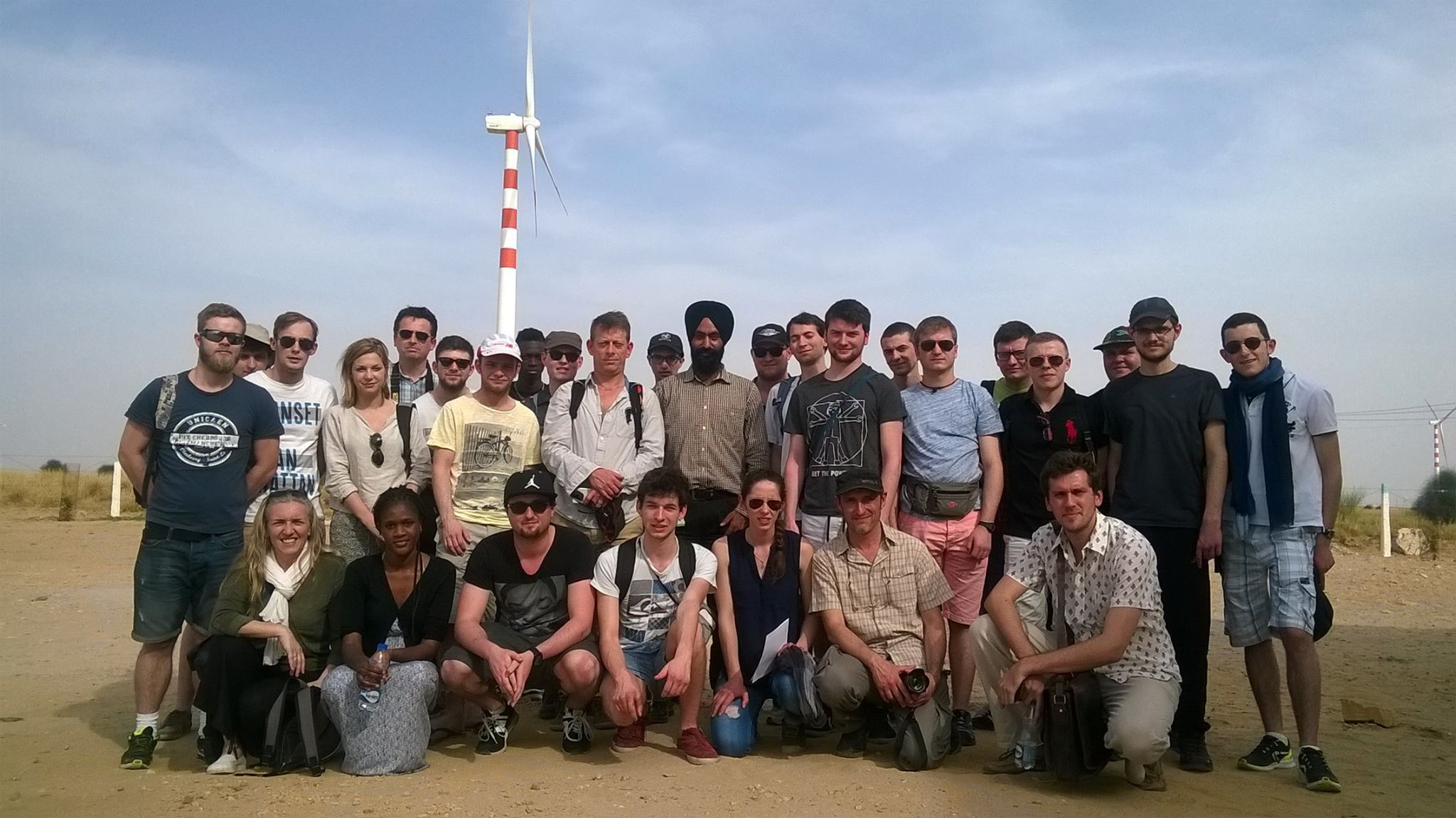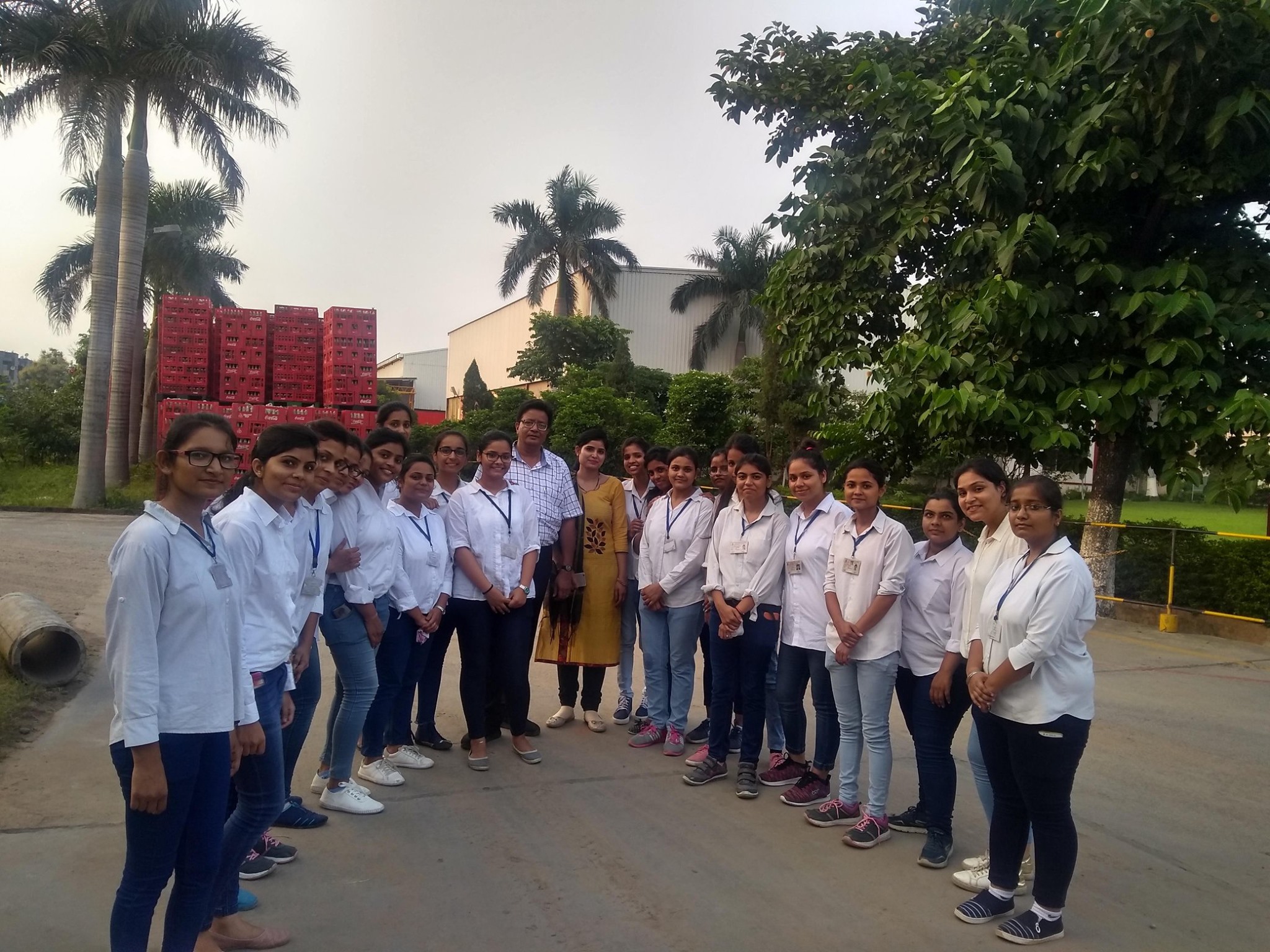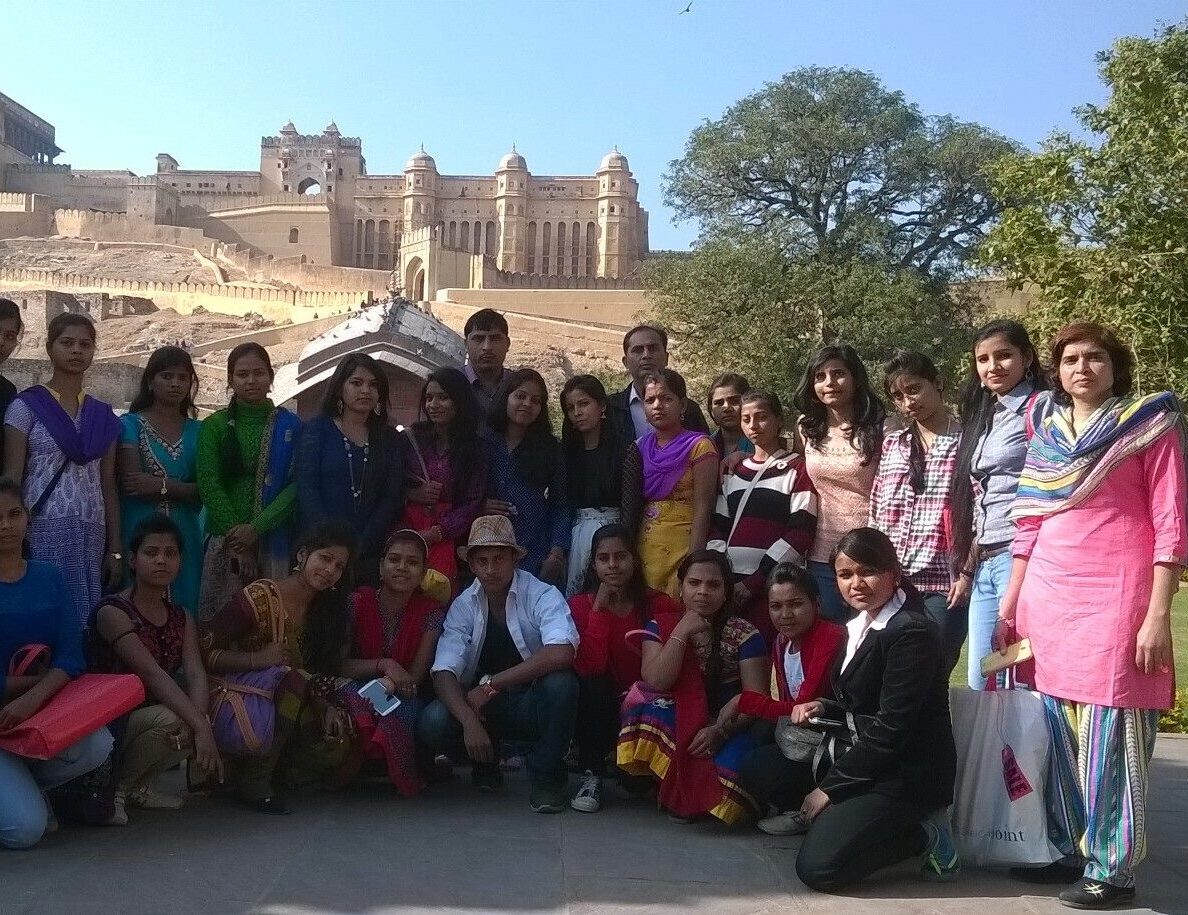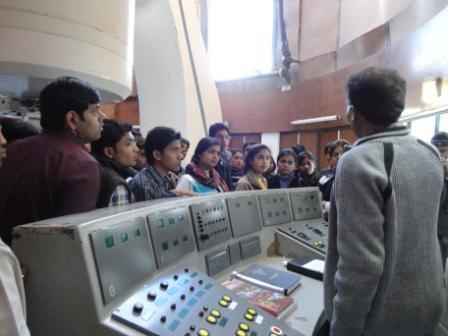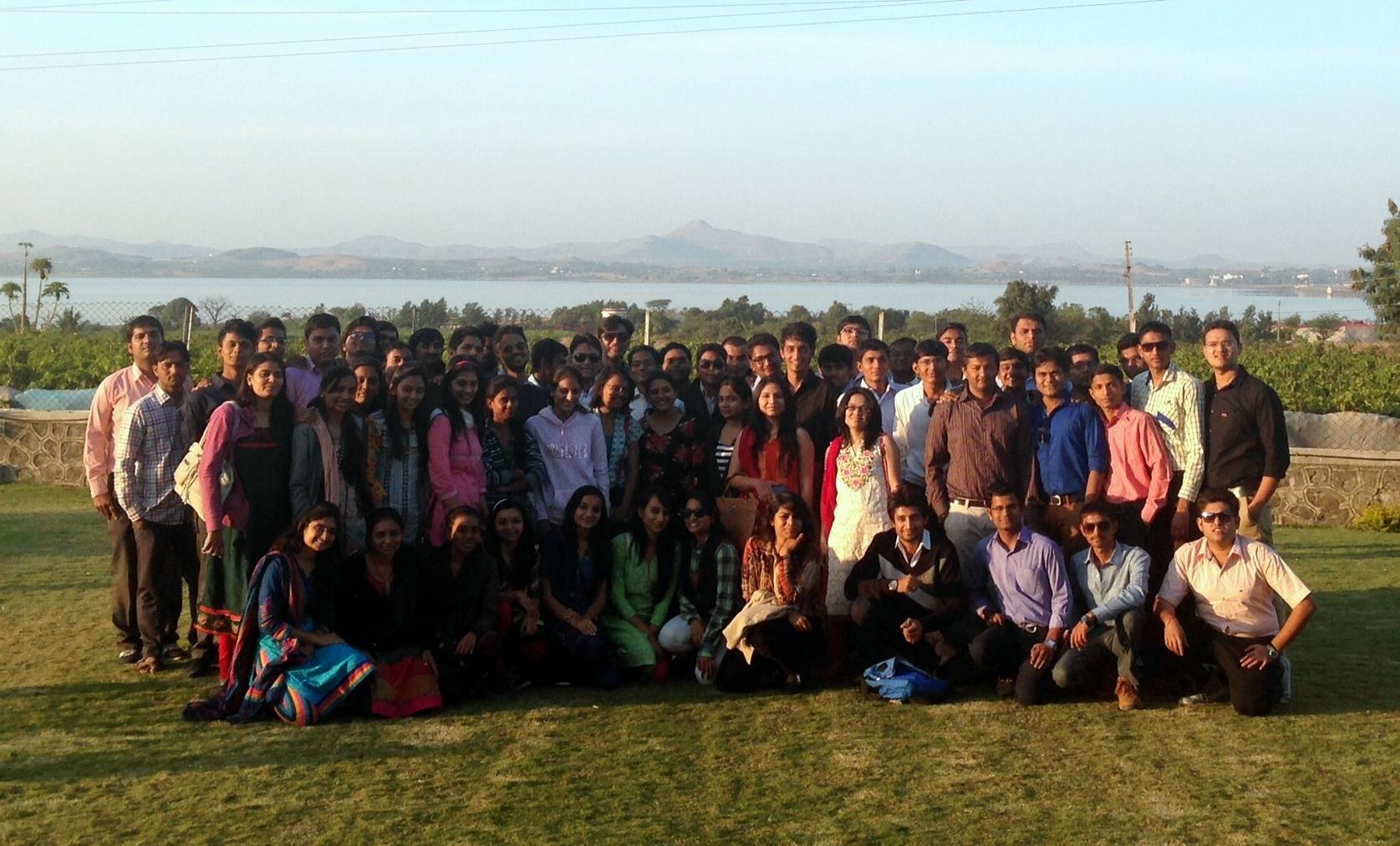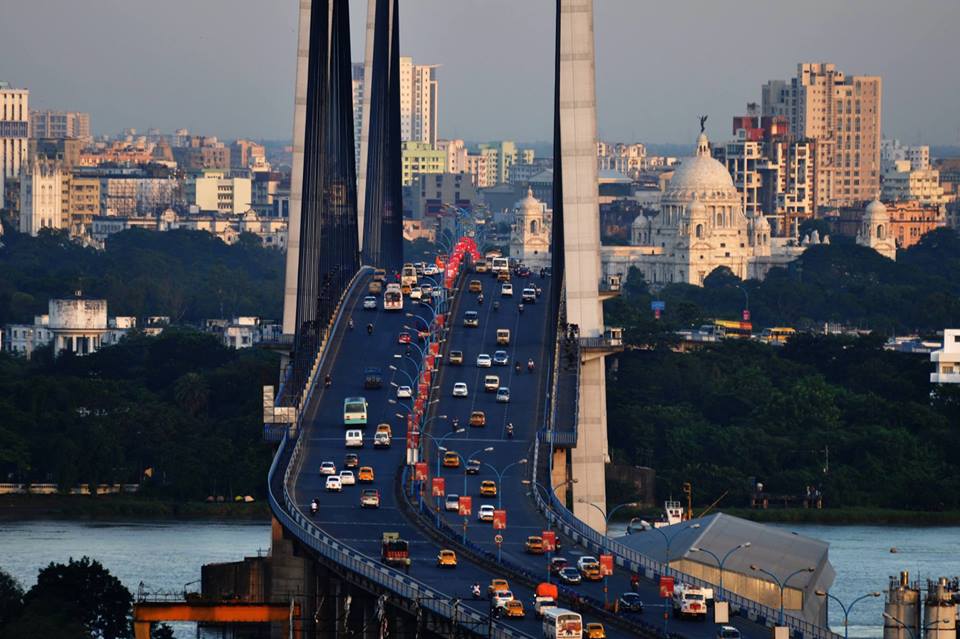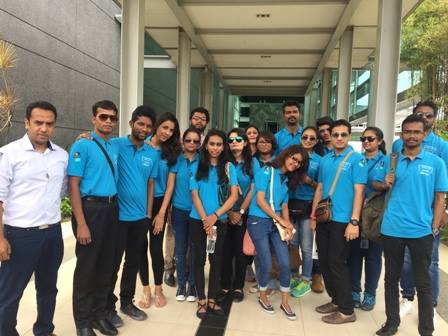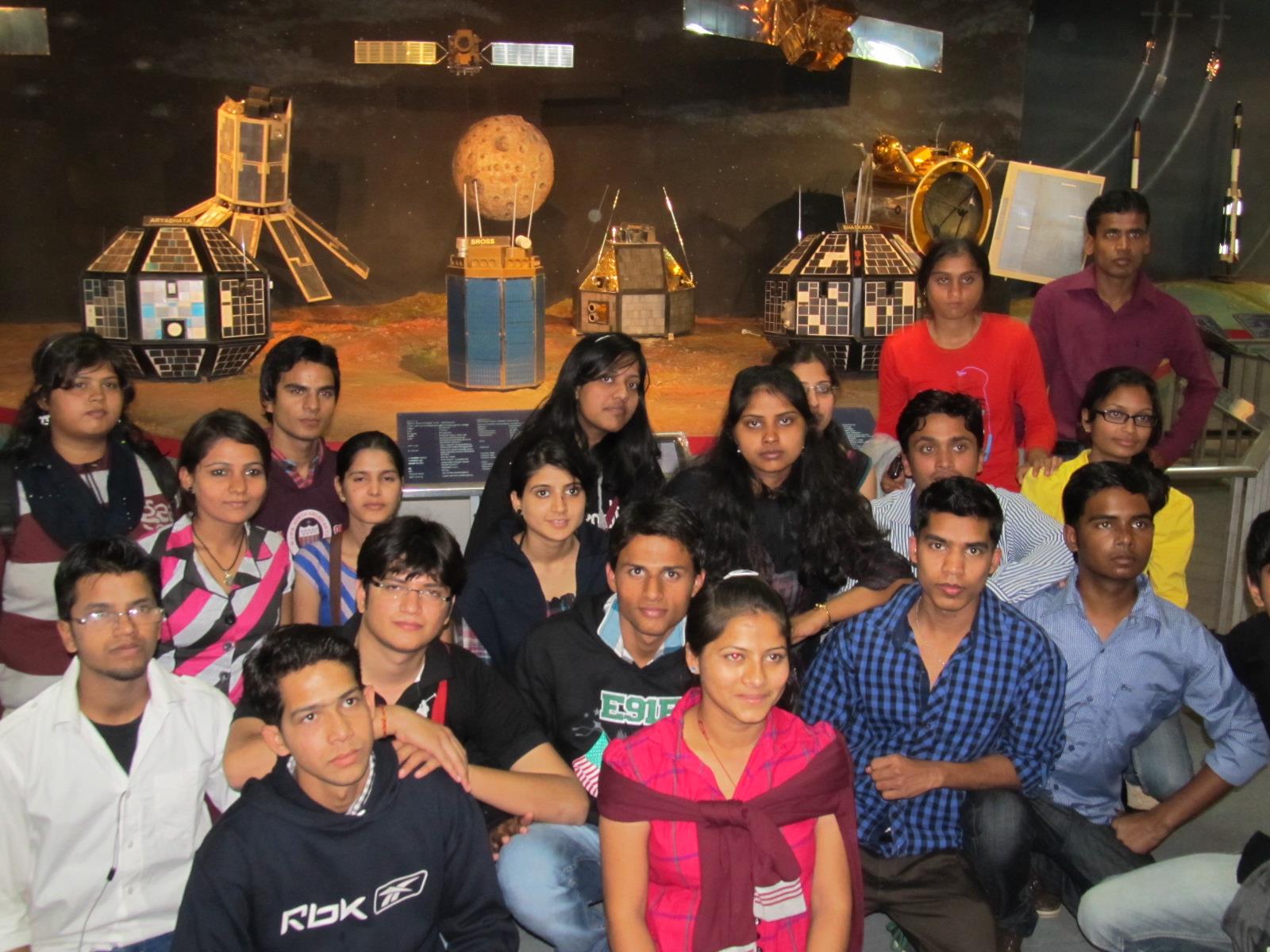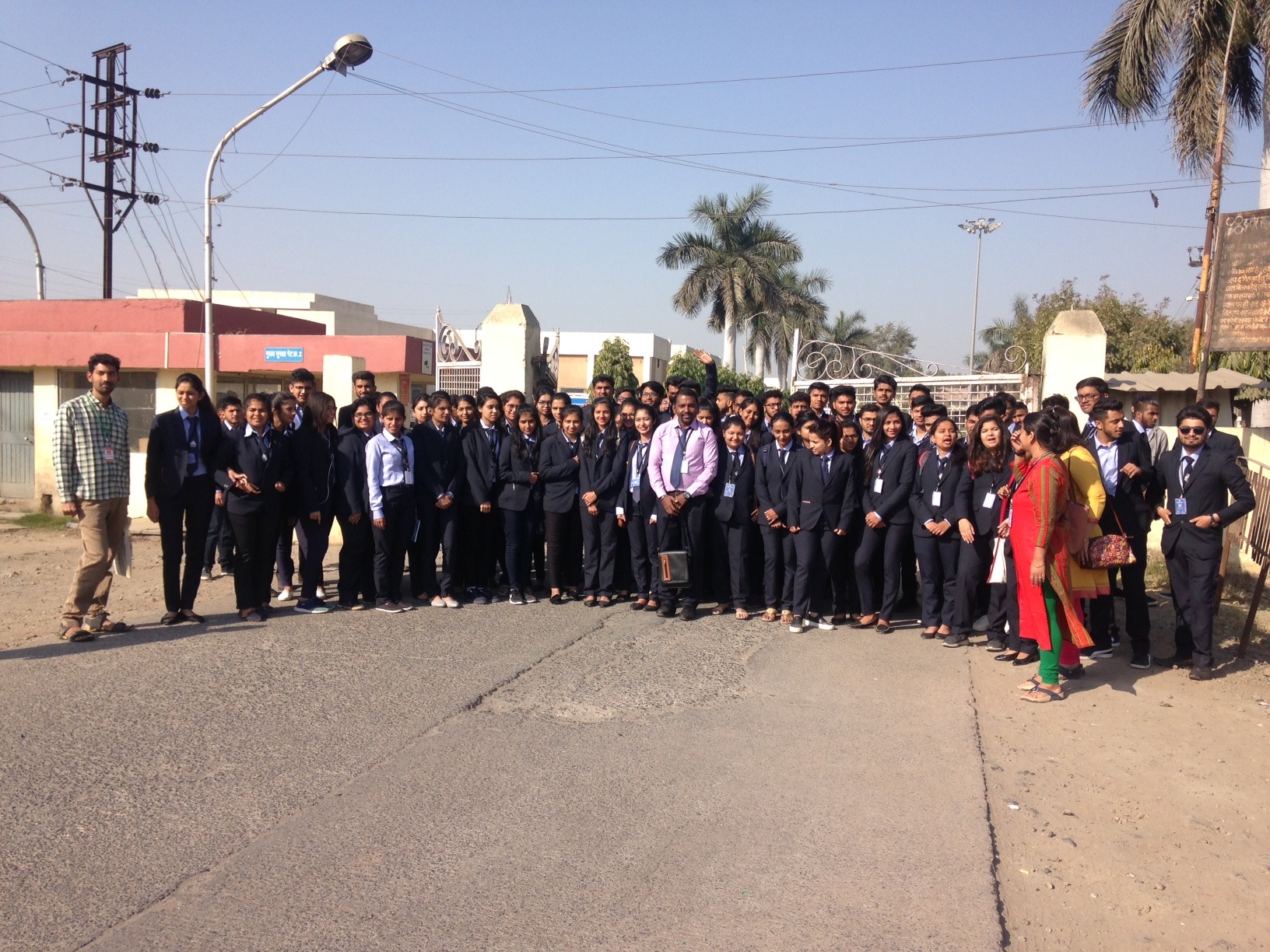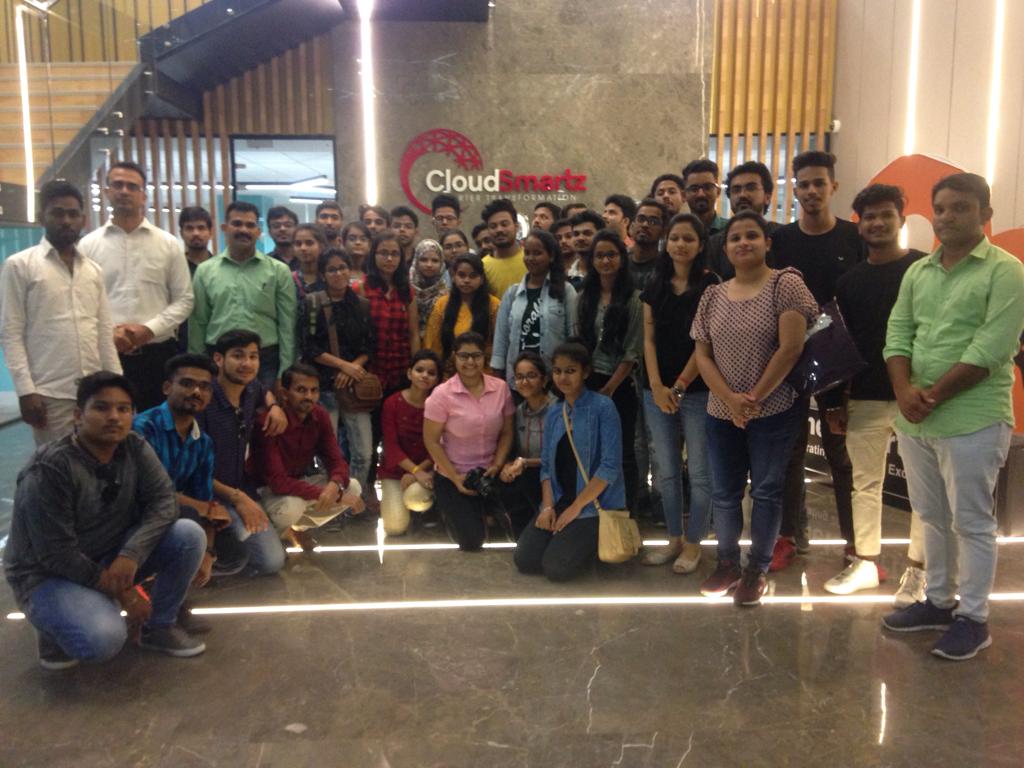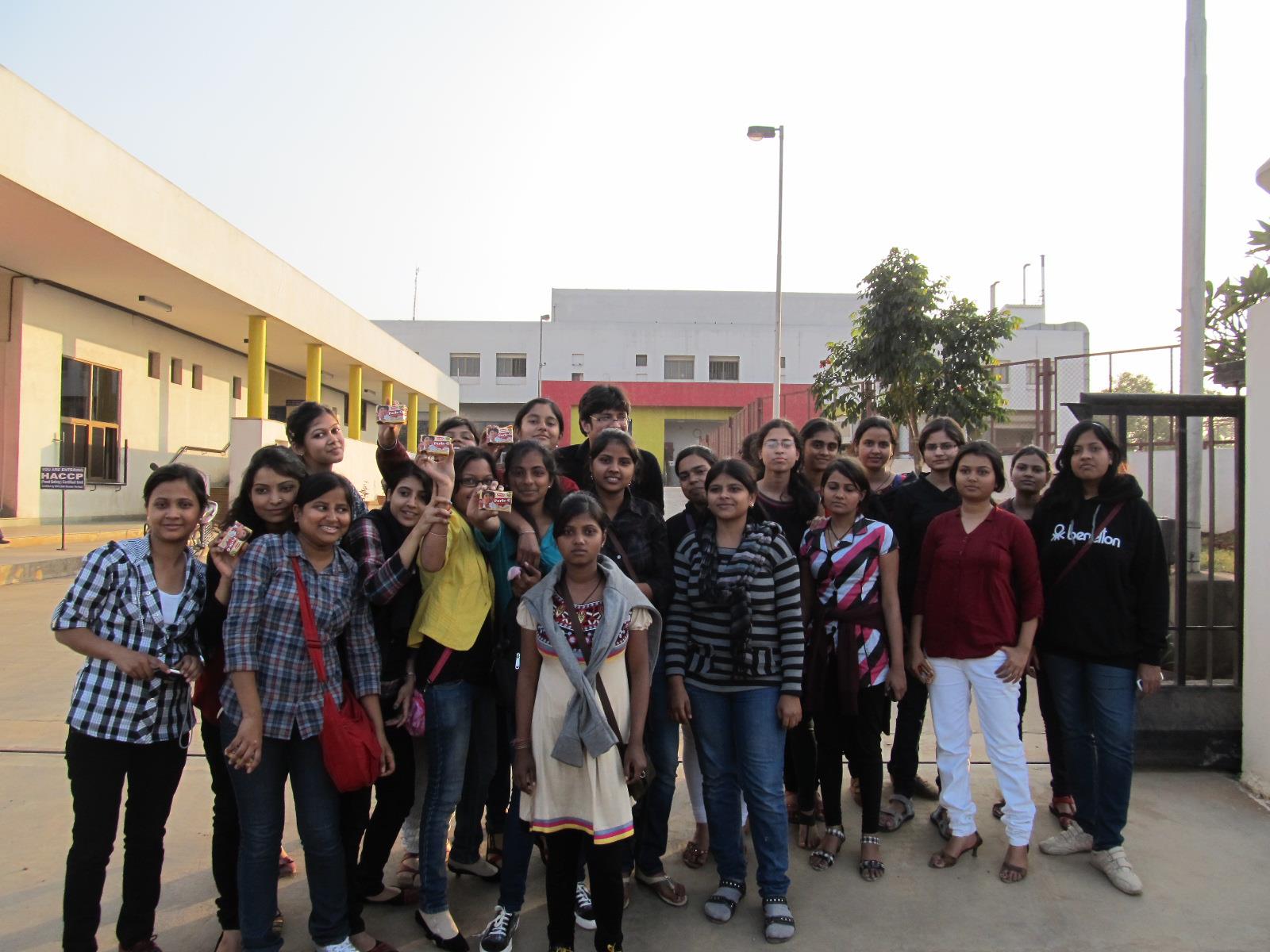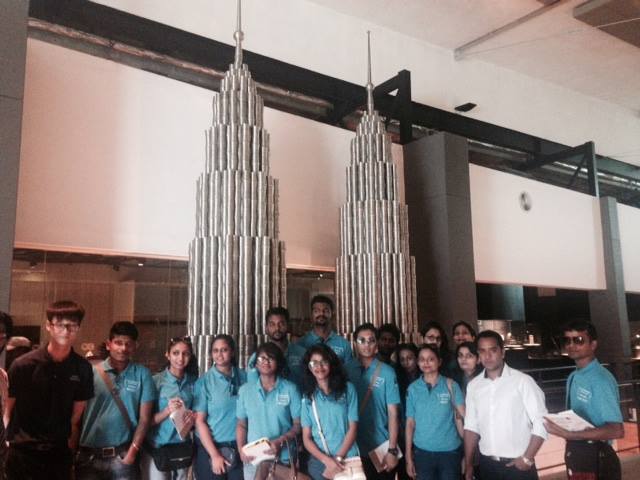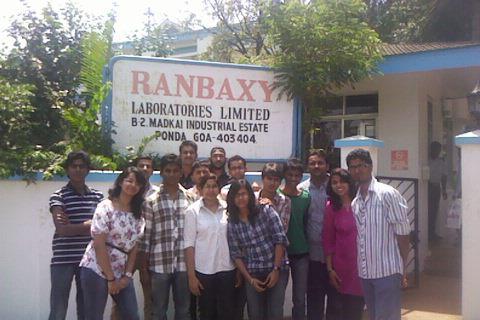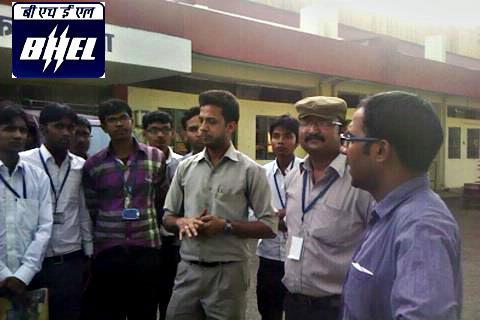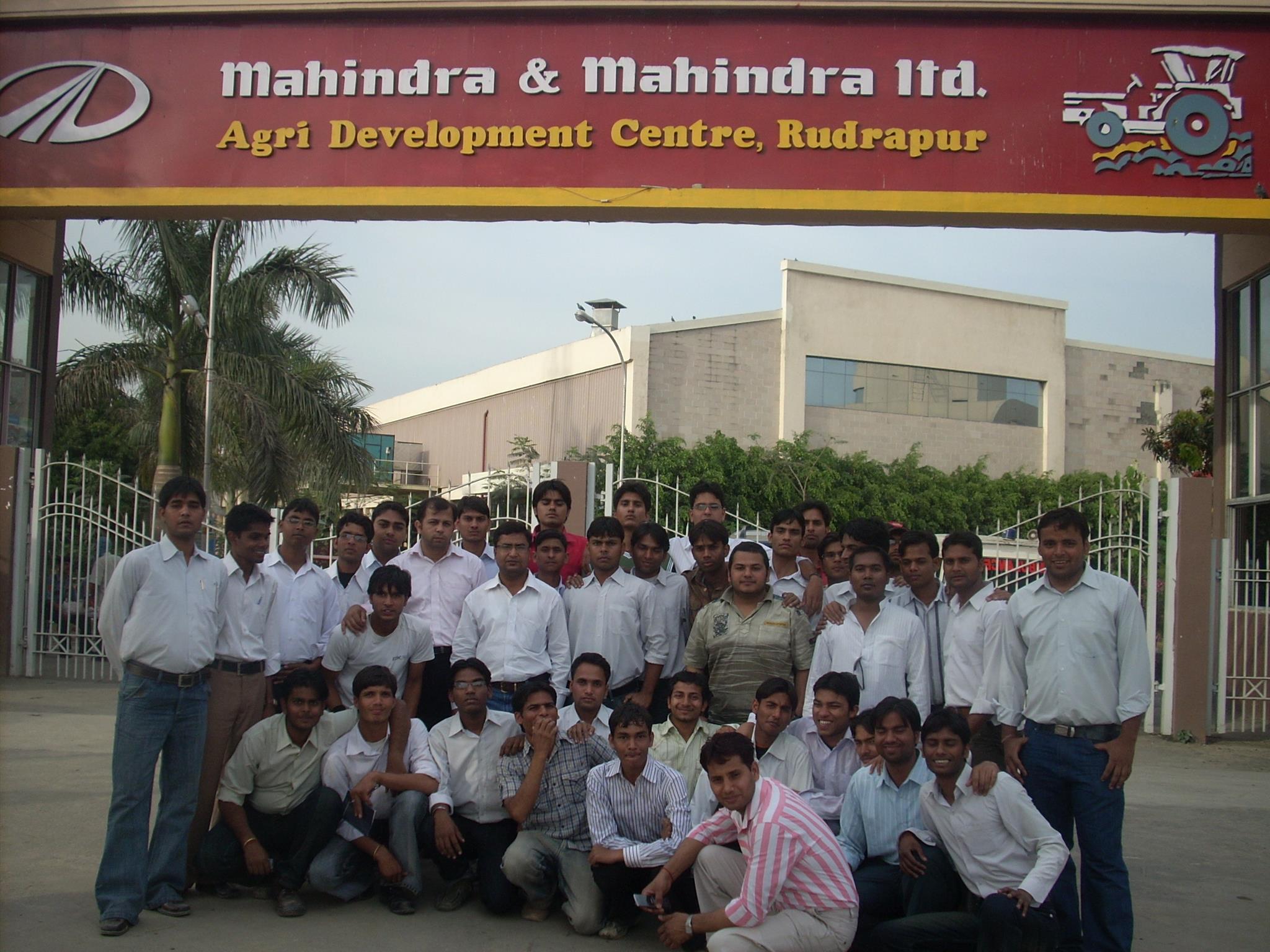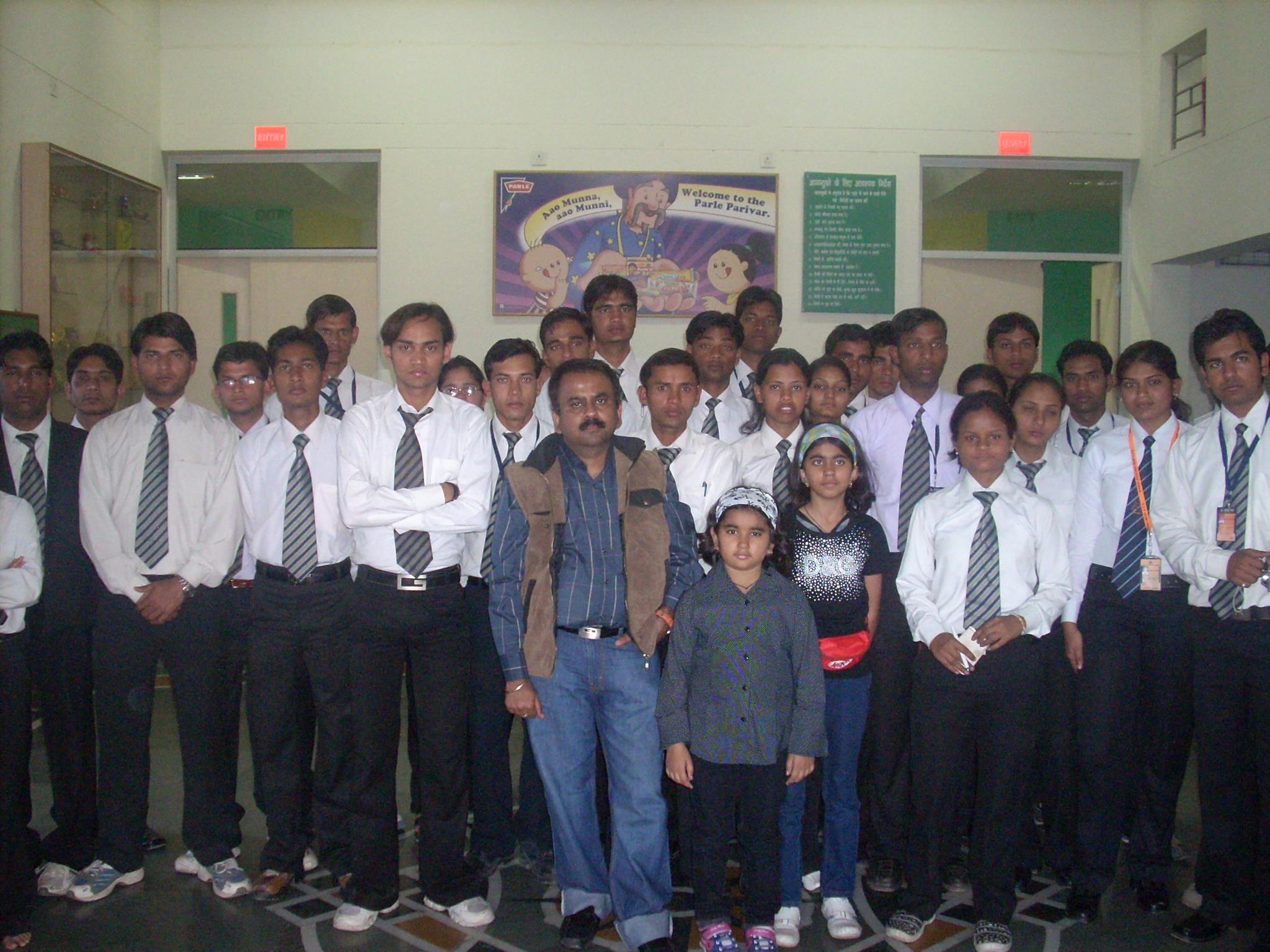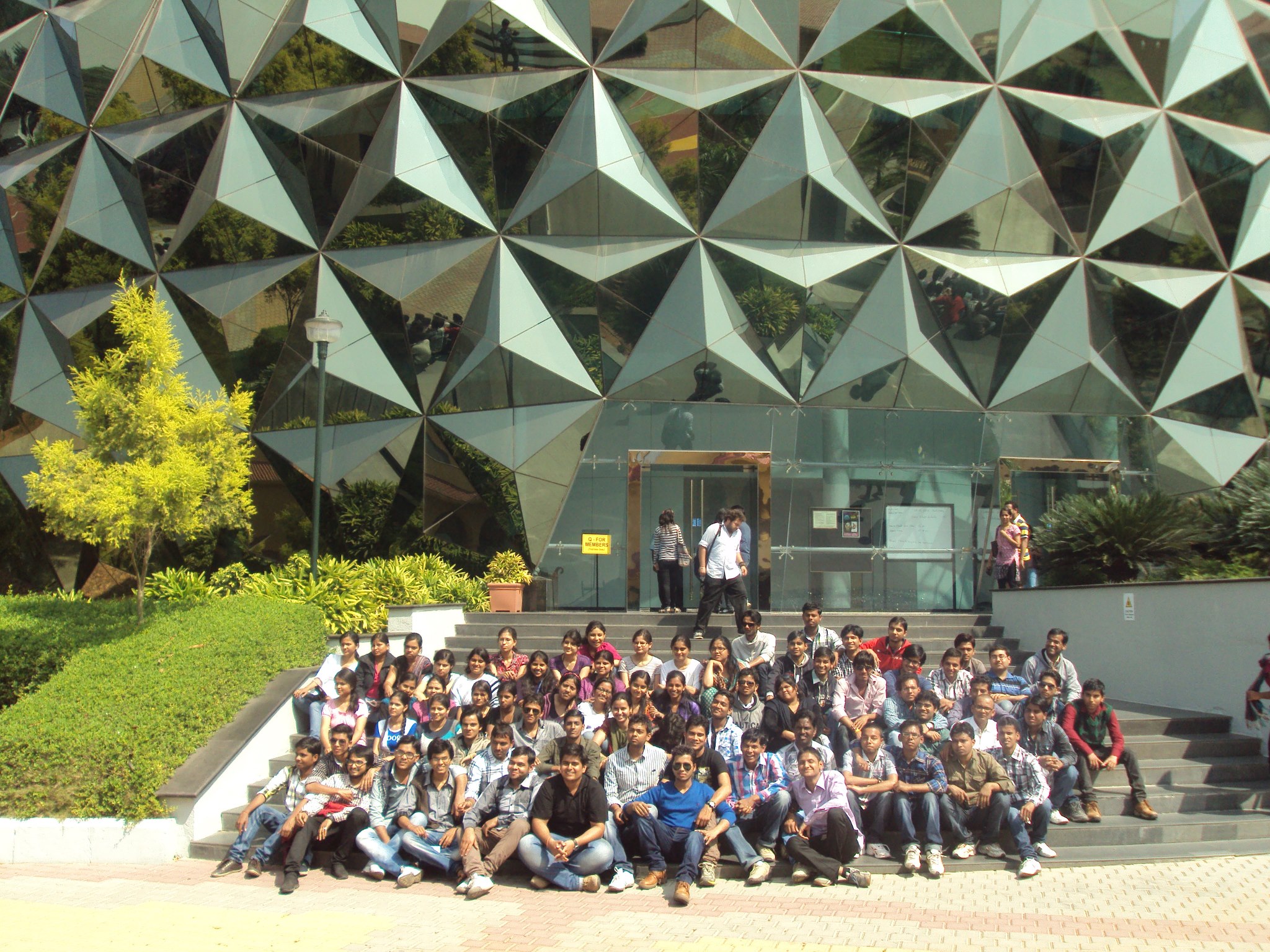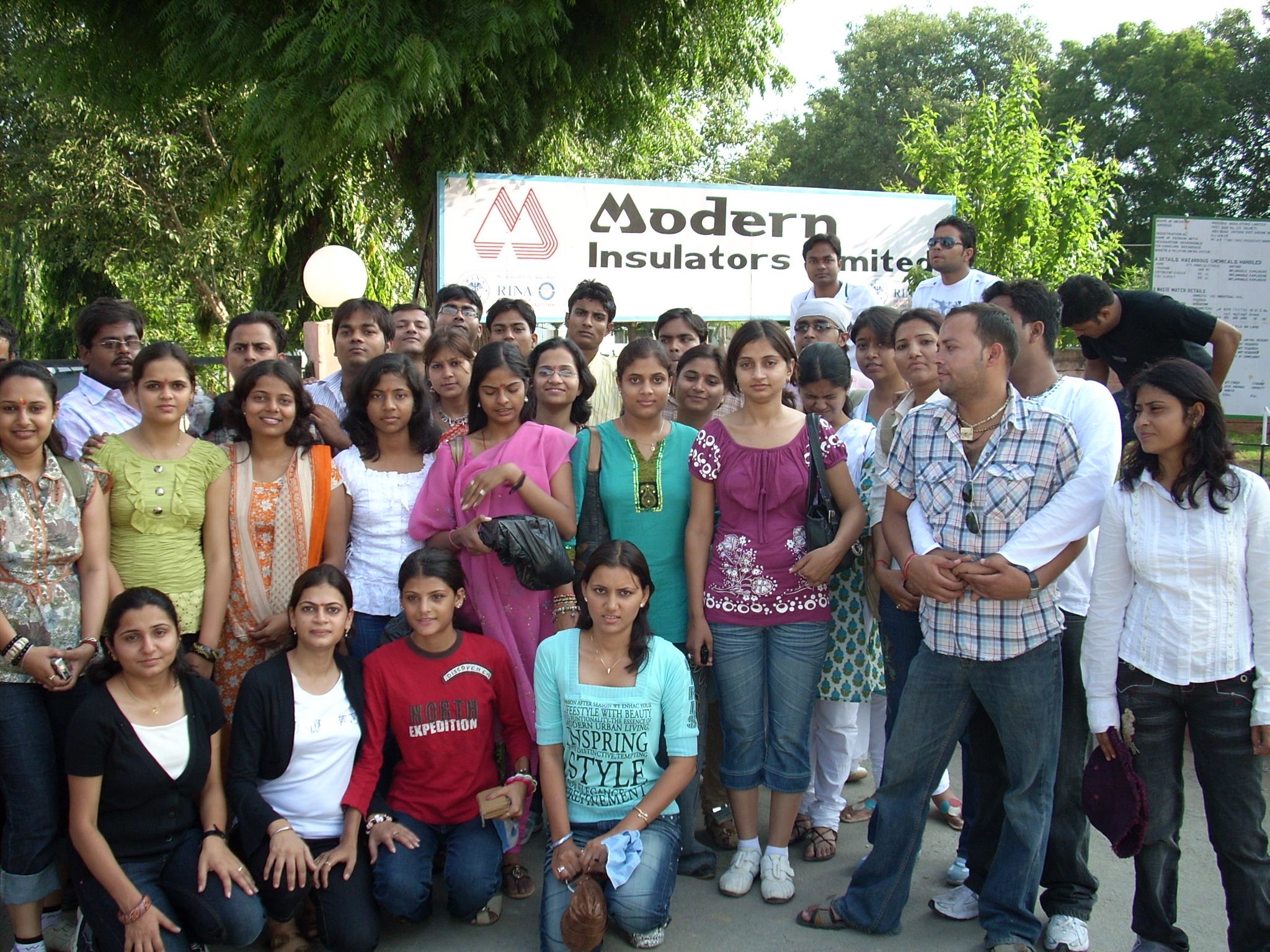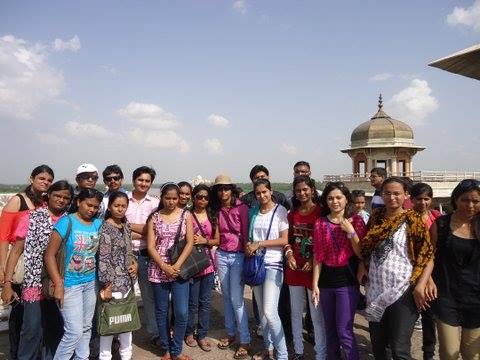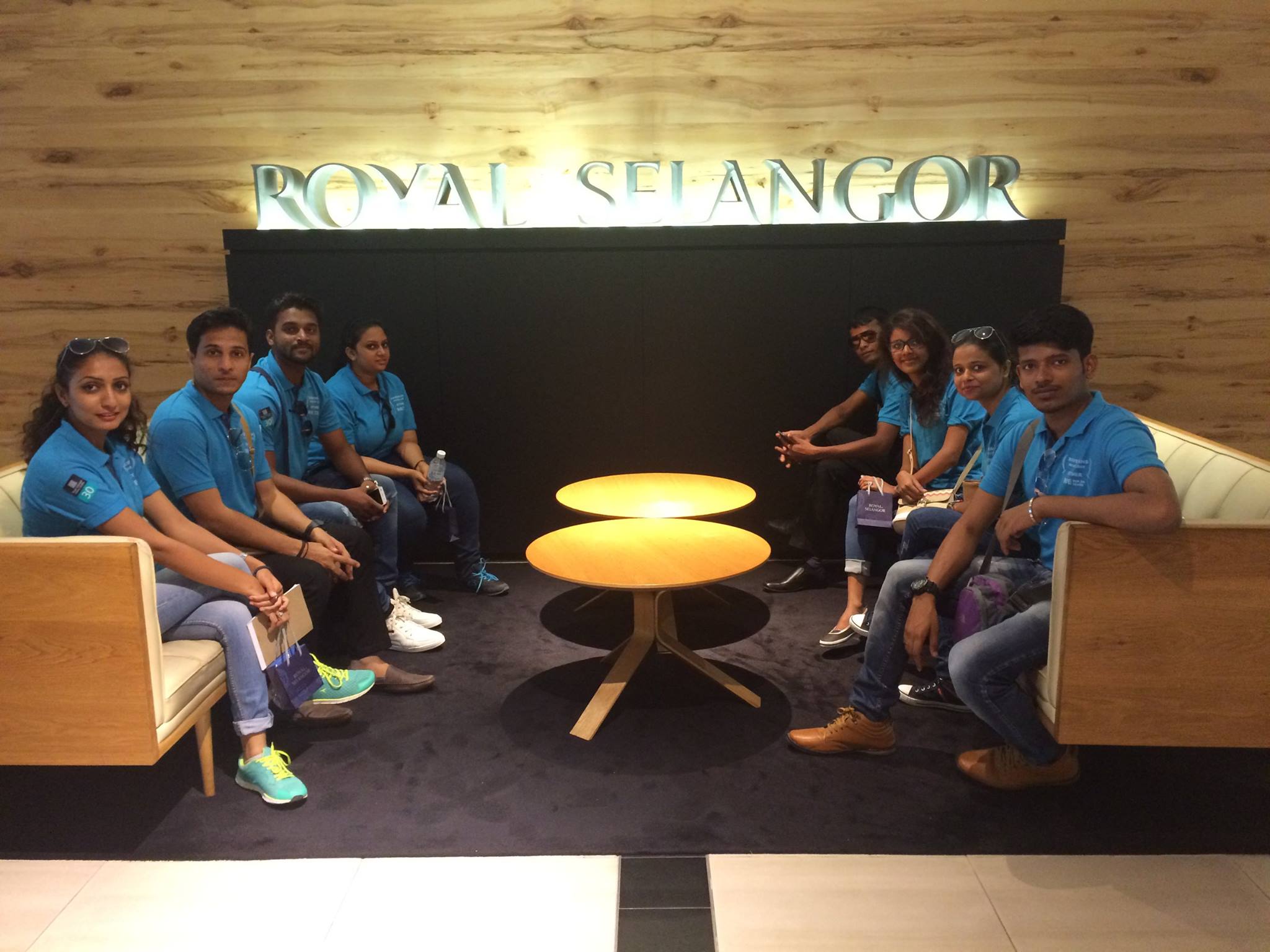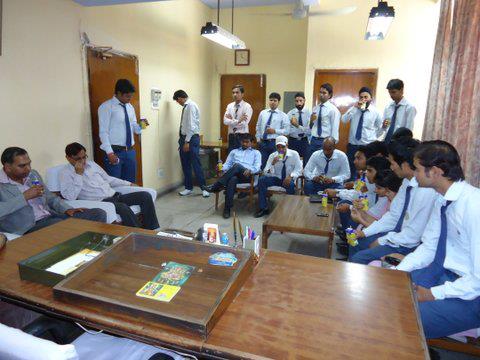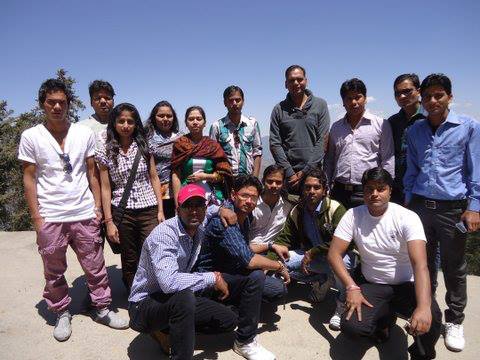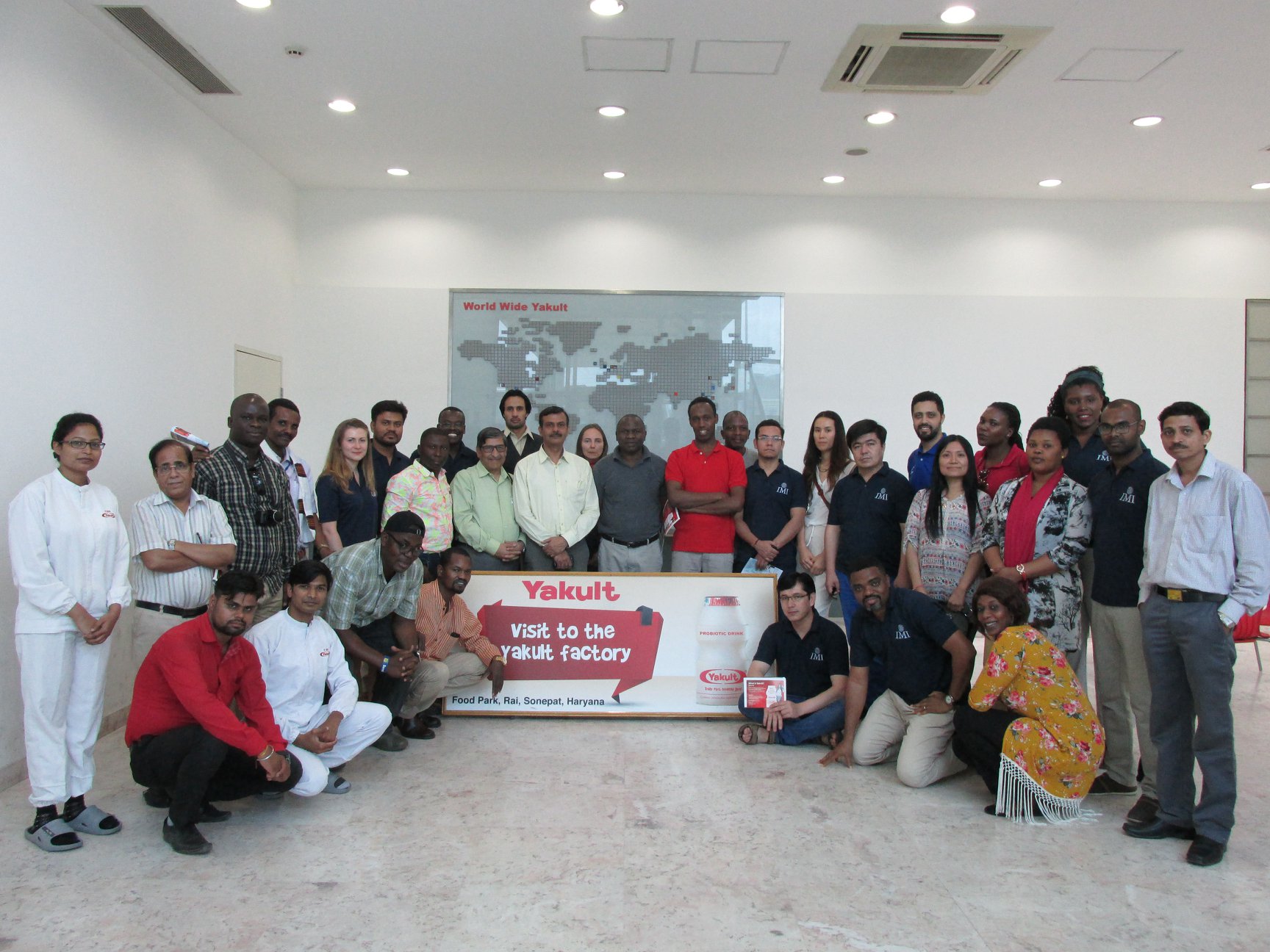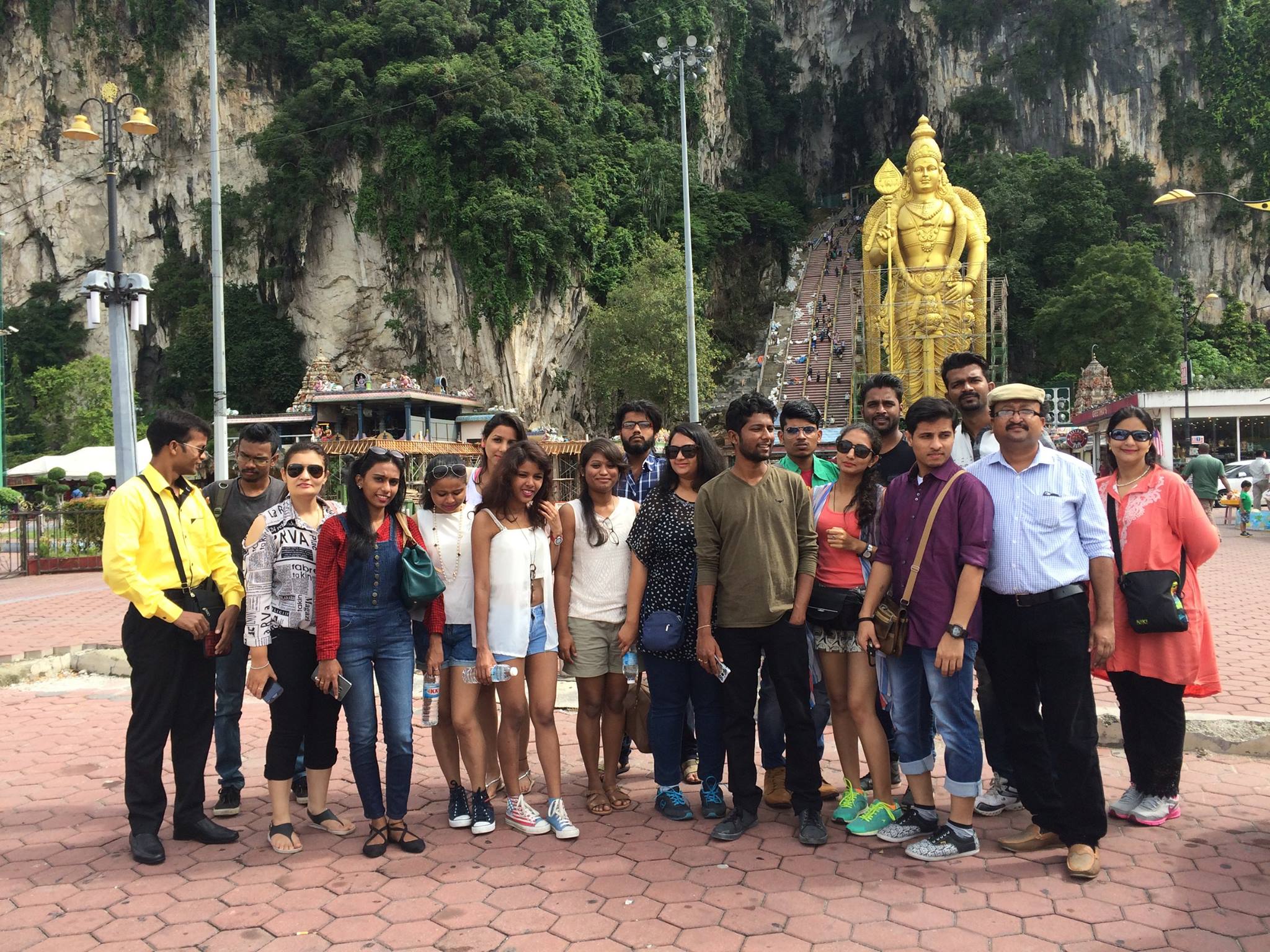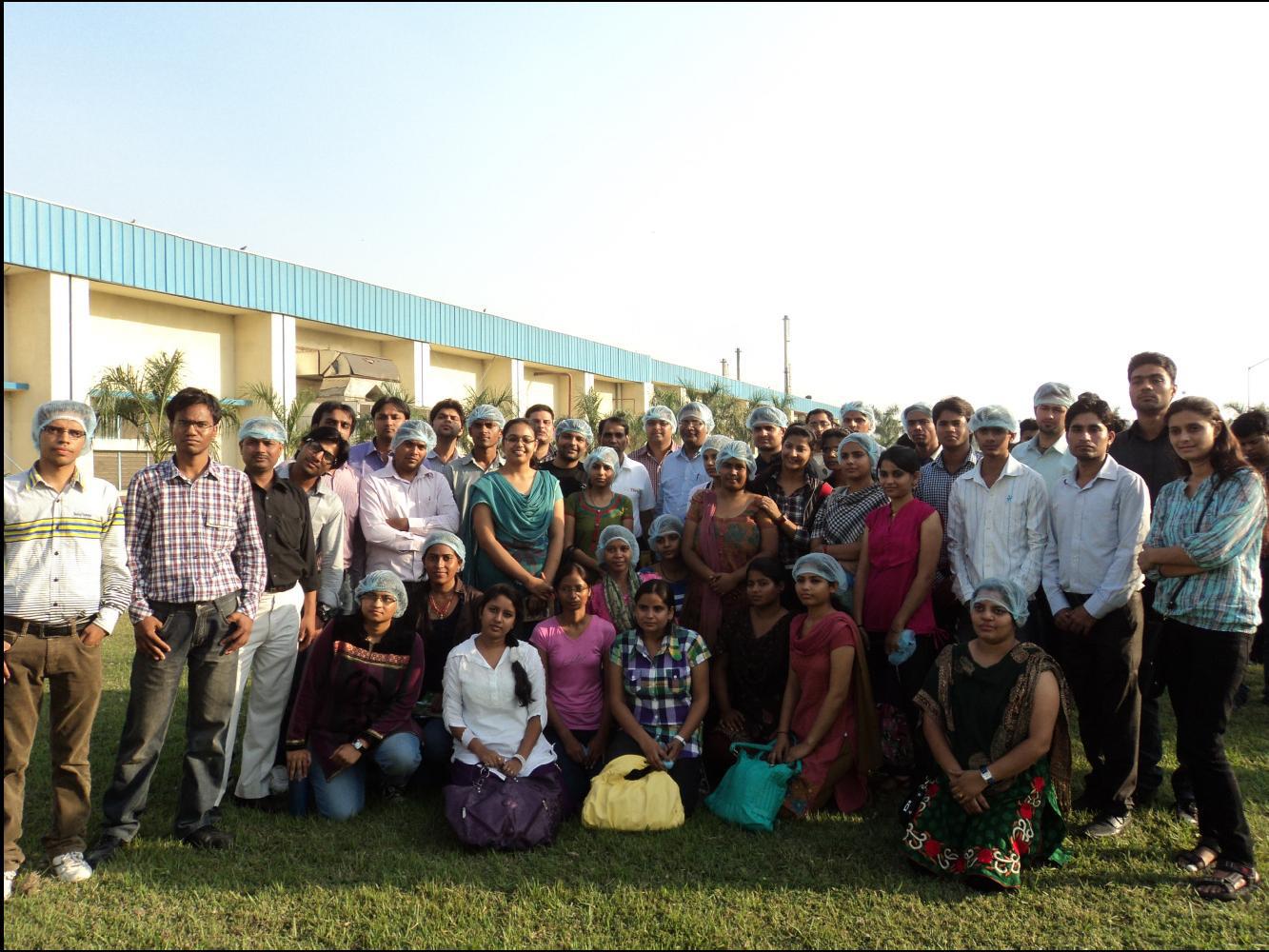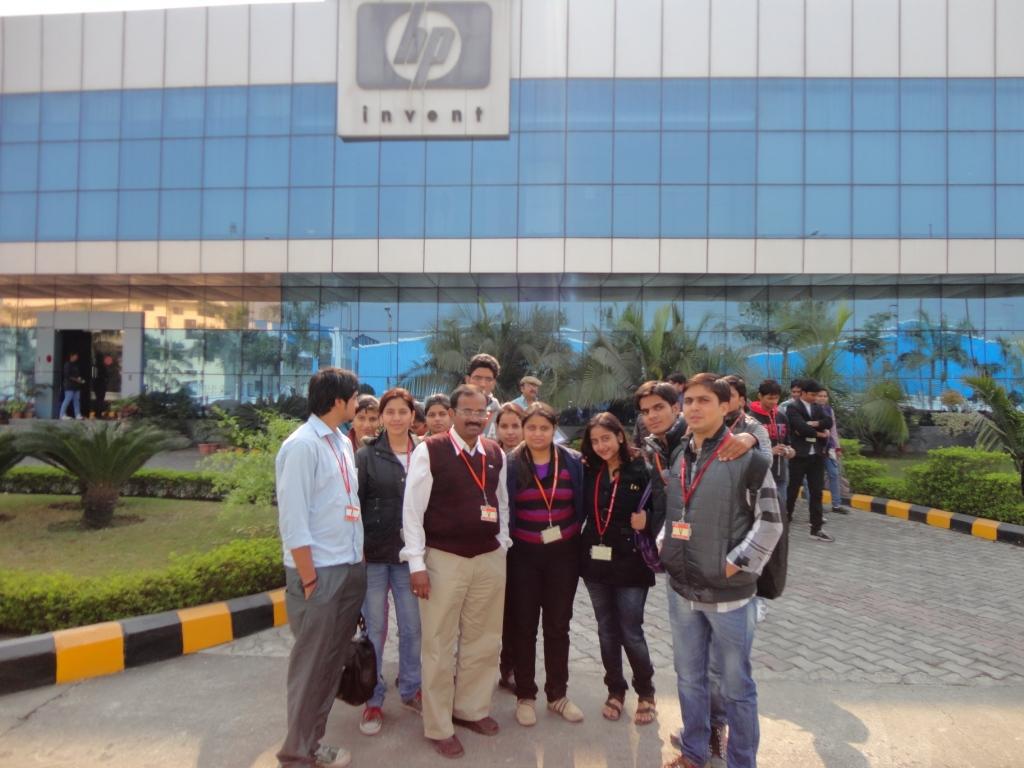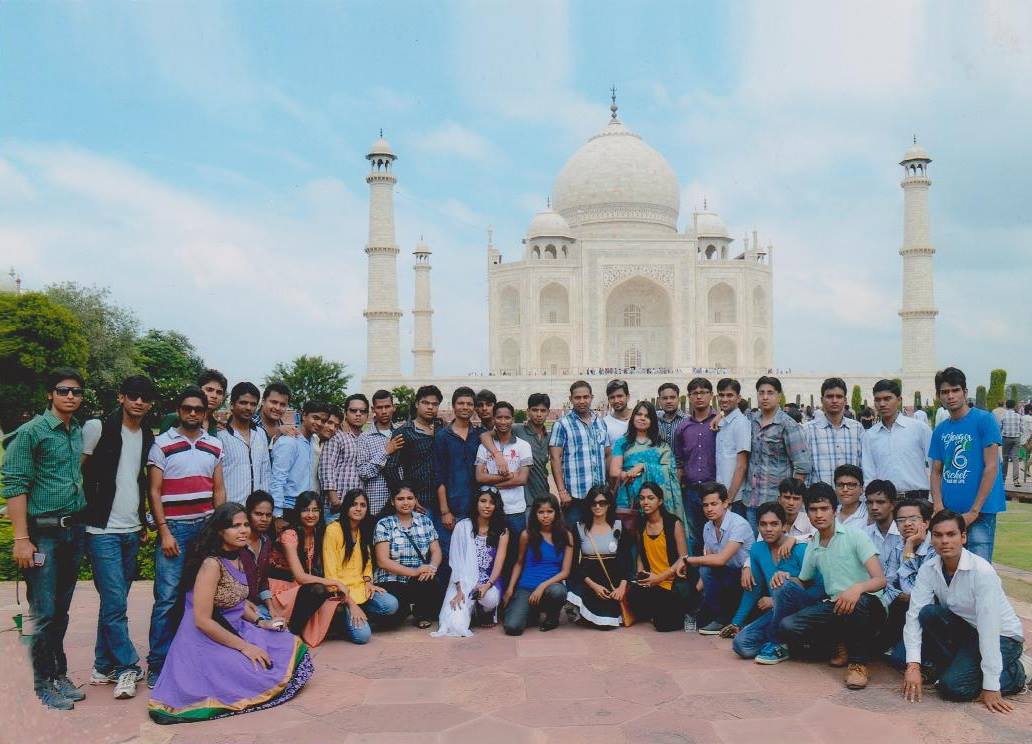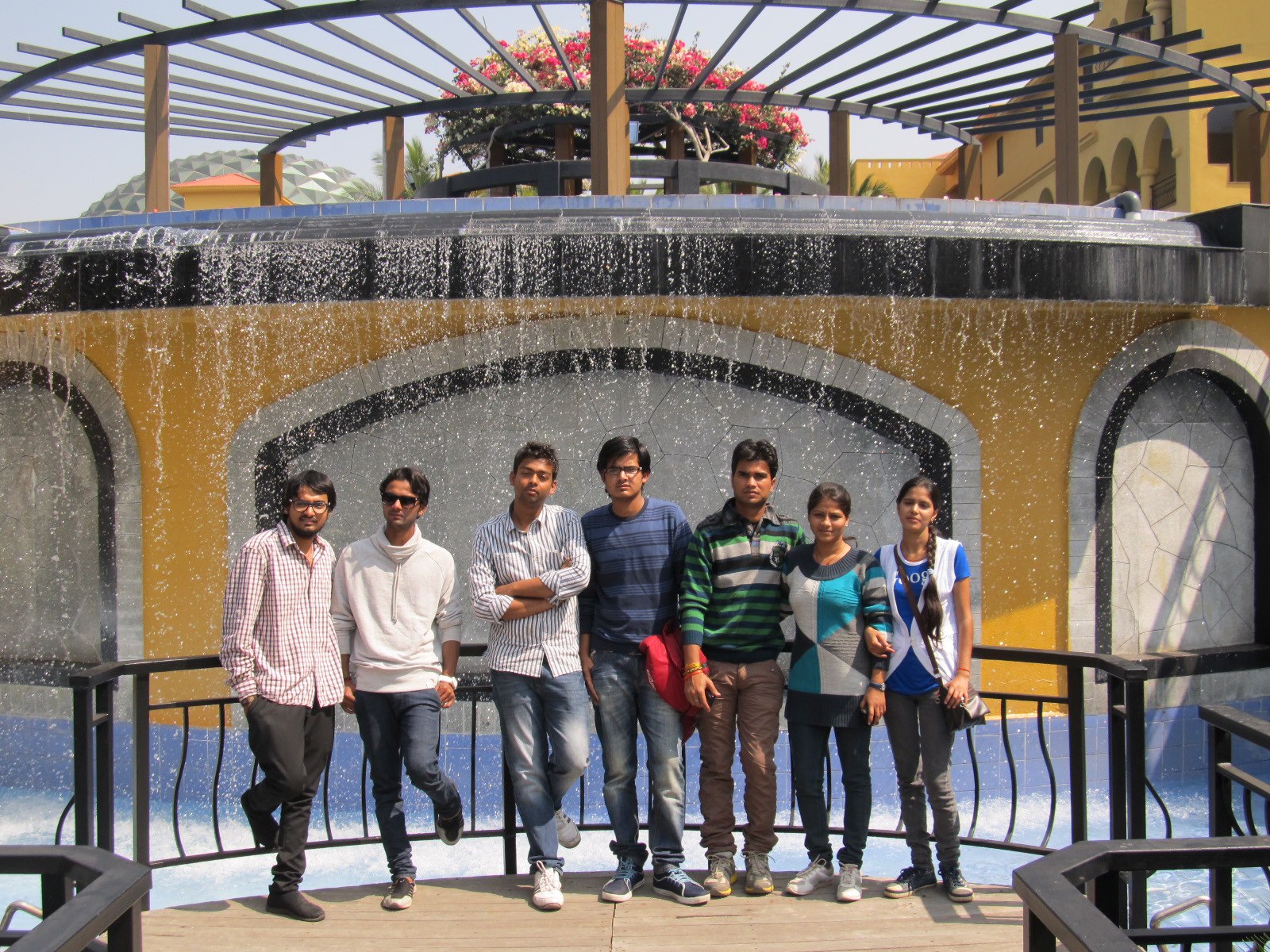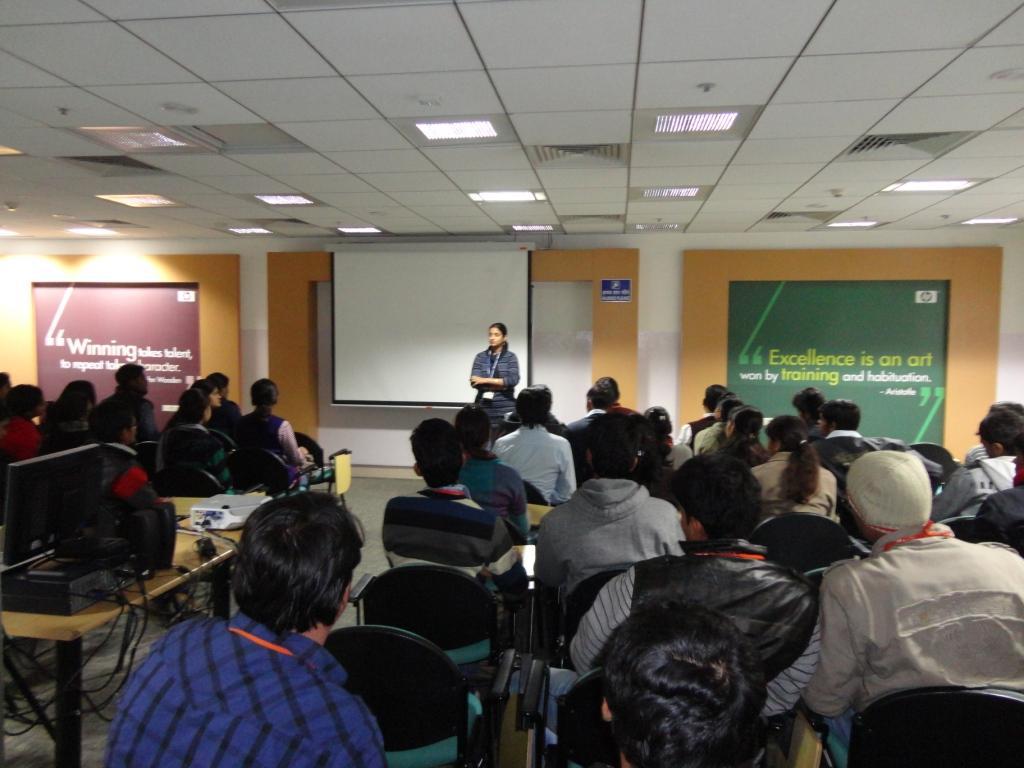4-day Industrial Tour Itinerary of Delhi Agra
Day 1: Arrival in Delhi
- Start your day by arriving in Delhi via flight or train.
- Check-in to your hotel and freshen up.
- Spend the rest of the day exploring the historical landmarks of Delhi, such as the Red Fort, Qutub Minar, and Humayun's Tomb.
Day 2: Industrial Tour of Delhi
- After breakfast, start your industrial tour of Delhi by visiting the Okhla Industrial Estate, which is home to several medium and small-scale industries such as textiles, pharmaceuticals, chemicals, and engineering.
- Next, visit the Bawana Industrial Area, which is home to several large-scale industries such as food processing, packaging, and textiles.
- End the day with a visit to the Delhi Haat, which is a handicrafts market featuring traditional handicrafts from all over India.
Day 3: Industrial Tour of Agra
- After breakfast, drive to Agra, which is approximately 233 km from Delhi.
- Start your industrial tour of Agra by visiting the Taj East Gate Industrial Area, which is home to several industries such as leather, handicrafts, and textiles.
- Next, visit the Agra Foundry Cluster, which is home to several foundries engaged in the production of iron castings, steel castings, and machine parts.
- End the day with a visit to the Agra Handicrafts Market, which features traditional handicrafts such as marble inlay work, leatherwork, and embroidery.
Day 4: Departure
- After breakfast, check out from the hotel and head to the nearest airport or railway station for your departure.
Note: The itinerary can be customized based on your preferences and the time of your visit.
Delhi Industrial Profile:
Textile Industry: The textile industry in Delhi is a significant contributor to the city's economy. The industry is primarily engaged in the manufacture of cotton and silk textiles, readymade garments, and home furnishings. Delhi has a large number of textile mills and garment factories, which employ thousands of workers. The major industrial areas in Delhi where the textile industry is concentrated include Okhla Industrial Estate, Naraina Industrial Area, and Shahdara Industrial Area.
Pharmaceutical Industry: The pharmaceutical industry in Delhi is one of the largest in India. The industry is primarily engaged in the manufacture of pharmaceuticals and biotech products. Delhi has several major companies engaged in this sector, such as Sun Pharmaceutical Industries, Dr. Reddy's Laboratories, Pfizer India, and Ranbaxy Laboratories. The major industrial areas in Delhi where the pharmaceutical industry is concentrated include Jasola, Okhla Industrial Estate, and Patparganj Industrial Area.
Electronics Industry: The electronics industry in Delhi has seen significant growth in recent years. The industry is primarily engaged in the manufacture of consumer electronics, telecom equipment, and IT hardware. Delhi has several major companies engaged in this sector, such as Samsung, Nokia, LG, and Panasonic. The major industrial areas in Delhi where the electronics industry is concentrated include Noida, Gurgaon, and Okhla Industrial Estate.
Automotive Industry: The automotive industry in Delhi has grown rapidly in recent years. The industry is primarily engaged in the manufacture of automobiles and automotive components. Delhi has several major companies engaged in this sector, such as Maruti Suzuki, Hero MotoCorp, and Tata Motors. The major industrial areas in Delhi where the automotive industry is concentrated include Gurgaon, Manesar, and Okhla Industrial Estate.
Engineering Industry: The engineering industry in Delhi has also seen significant growth in recent years. The industry is primarily engaged in the manufacture of heavy machinery, electrical equipment, and infrastructure development. Delhi has several major companies engaged in this sector, such as Larsen & Toubro, Escorts, and Siemens. The major industrial areas in Delhi where the engineering industry is concentrated include Okhla Industrial Estate, Naraina Industrial Area, and Shahdara Industrial Area.
Handicrafts Industry: The handicrafts industry in Delhi is a traditional industry that has been in existence for centuries. The industry is primarily engaged in the manufacture of items such as pottery, brassware, and leather goods. Delhi has several handicrafts markets, such as Dilli Haat and Chandni Chowk, where artisans sell their wares. The major industrial areas in Delhi where the handicrafts industry is concentrated include Hauz Khas and Shahdara Industrial Area.
Overall, Delhi has a diverse industrial landscape, with several major industries contributing to the city's economy. The city has a well-developed infrastructure and skilled workforce, which has attracted several major companies to set up their operations here.
Delhi is the capital city of India and is located in the northern part of the country. It is a sprawling metropolis with a rich cultural heritage and a diverse population. Delhi is divided into two parts, Old Delhi and New Delhi.
Old Delhi: Old Delhi is the historic part of the city and is known for its ancient monuments, narrow lanes, and bustling markets. Some of the major attractions in Old Delhi include the Red Fort, Jama Masjid, and Chandni Chowk market.
New Delhi: New Delhi is the modern part of the city and is known for its wide roads, government buildings, and upscale residential areas. Some of the major attractions in New Delhi include the India Gate, Humayun's Tomb, and Qutub Minar.
Climate: Delhi has a hot semi-arid climate, with hot summers and cold winters. The summers are very hot and dry, with temperatures often reaching up to 45°C. The winter season, on the other hand, is cool and pleasant, with temperatures ranging between 5°C and 20°C. The monsoon season lasts from June to September, bringing moderate to heavy rainfall.
Transportation: Delhi has a well-developed transportation system, including a metro rail network, buses, taxis, and auto-rickshaws. The Indira Gandhi International Airport is the main airport in Delhi and connects the city to major cities in India and abroad. Delhi is also well-connected to other parts of India by a network of highways and railways.
Culture: Delhi has a rich cultural heritage, with influences from Mughal, British, and other regional cultures. The city is known for its delicious street food, vibrant festivals, and historical landmarks. The people of Delhi are diverse and welcoming, with a mix of different cultures, religions, and traditions.
By Air: Delhi has one of the busiest airports in India, the Indira Gandhi International Airport. It is well-connected to major cities in India and abroad. There are several airlines that operate flights to Delhi, including Air India, IndiGo, SpiceJet, Vistara, and GoAir. From the airport, you can hire a taxi or take a metro to reach your destination in the city.
By Train: Delhi is well-connected to major cities in India by a network of railways. There are several railway stations in Delhi, including New Delhi Railway Station, Old Delhi Railway Station, and Hazrat Nizamuddin Railway Station. There are several trains that operate to and from Delhi, including the Rajdhani Express, Shatabdi Express, and Duronto Express.
By Road: Delhi is well-connected to major cities in India by a network of highways. There are several bus terminals in Delhi, including the Inter-State Bus Terminal (ISBT), Anand Vihar Bus Terminal, and Sarai Kale Khan Bus Terminal. There are several state-run and private buses that operate to and from Delhi.
By Metro: Delhi has a well-developed metro rail network, which is one of the most convenient ways to travel around the city. The Delhi Metro connects major parts of the city, including Old Delhi, New Delhi, and the suburbs. The metro is clean, safe, and affordable, making it a popular mode of transport for both locals and tourists.
Overall, Delhi is a vibrant and exciting city that offers a unique blend of ancient history and modern amenities. It is a must-visit destination for anyone interested in exploring the cultural and historical heritage of India.

